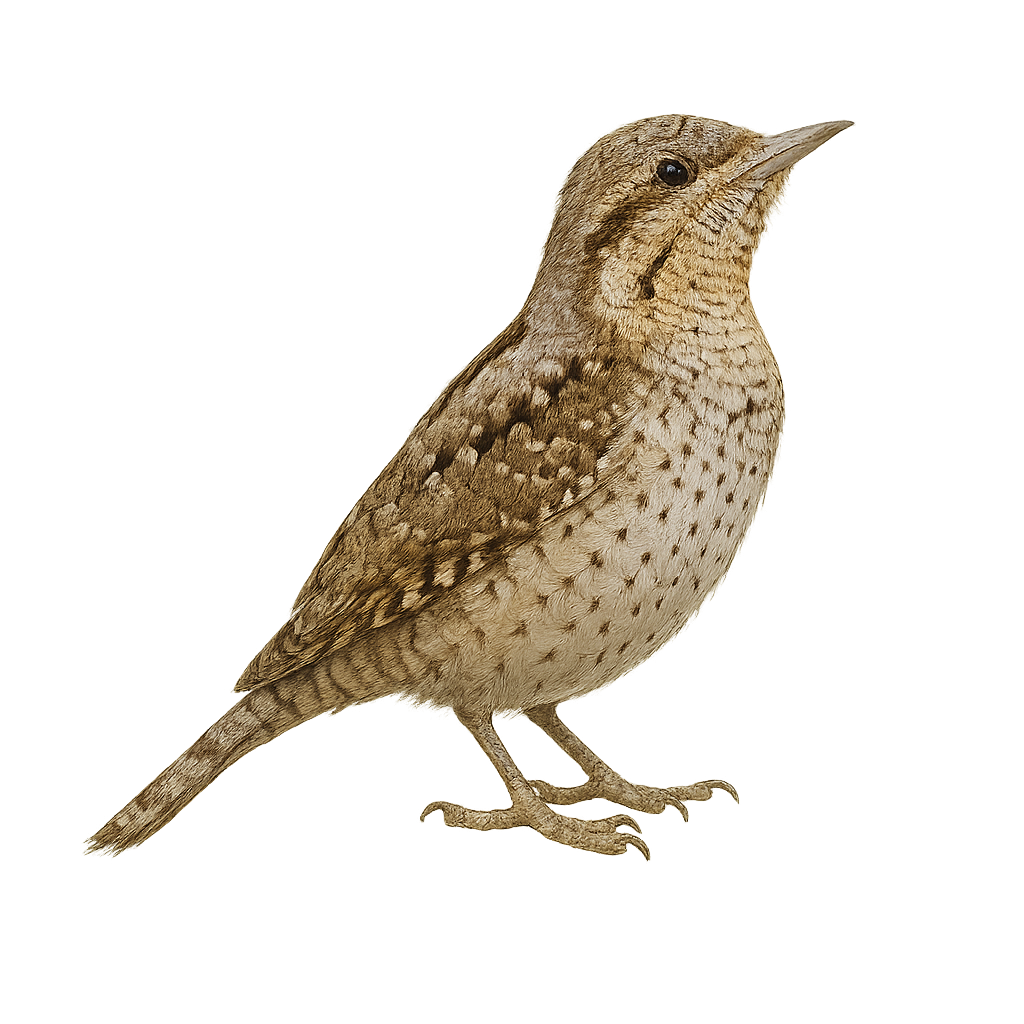Your wildlife photography guide.
Explore the eurasian wryneck in detail, study its behavior, prepare your shots.
Where to observe and photograph the eurasian wryneck in the wild
Learn where and when to spot the eurasian wryneck in the wild, how to identify the species based on distinctive features, and what natural environments it inhabits. The WildlifePhotographer app offers tailored photography tips that reflect the eurasian wryneck’s behavior, helping you capture better wildlife images. Explore the full species profile for key information including description, habitat, active periods, and approach techniques.
Eurasian wryneck
Scientific name: Jynx torquilla

IUCN Status: Least Concern
Family: PICIDAE
Group: Birds
Sensitivity to human approach: Suspicious
Minimum approach distance: 20 m
Courtship display: April to May
Incubation: 12-14 jours
Hatchings: May to June
Habitat:
Forests, woodlands
Activity period :
Primarily active during the day, with peak activity in the morning and late afternoon.
Identification and description:
The Eurasian Wryneck is a small bird of the woodpecker family, primarily found in open forests and clearings across Europe, especially in France, Spain, Italy, and Russia. It typically measures about 22 cm in length and weighs between 50 and 60 g. Its plumage is mainly brown, with dark spot-like patterns on the back and wings, and a light-colored throat. The Eurasian Wryneck feeds primarily on ants and other insects that it finds on tree trunks or branches. It is often observed pecking at tree bark in search of food. While its population is generally stable, the Eurasian Wryneck is sometimes threatened by habitat loss due to deforestation and changes in agriculture.
Recommended lens:
400 mm – adjust based on distance, desired framing (portrait or habitat), and approach conditions.
Photography tips:
Use a telephoto lens to photograph from a distance, respecting the discreet nature of the species.
Photograph early in the morning or late in the afternoon, moments when the soft light highlights the cryptic plumage of the woodpecker.
Look for it in open habitats such as orchards, wooded meadows, and agricultural lands, where it primarily feeds on ants and other ground-dwelling insects.
Be patient and discreet to avoid disturbing its natural behavior. Avoid abrupt movements and maintain silence.
The woodpecker is a protected species in some regions due to habitat loss and human disturbances. It is essential to respect its environment and minimize disturbances, especially during the breeding season.
From knowledge to field practice
A species profile helps you understand an animal. In the field, the challenge is often different. Remembering your own observations.
The WildlifePhotographer app allows you to:
• record your personal observations
• note locations, dates, and behaviors
• revisit your field references over time
• build a private and long-term field logbook
The app does not provide observation locations.
It helps you organize what you actually observe, with respect for wildlife.

